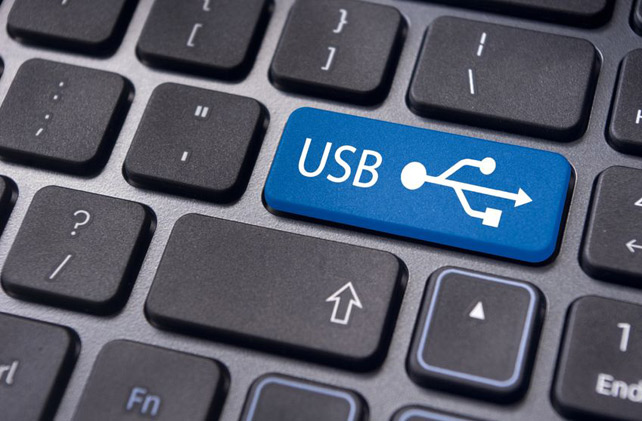
Universal Serial Bus (USB) devices were introduced in the retail market around 1995. Most of the USB devices have gained popularity as a plug and play device. Since the start of this technology we have seen three distinct generations of USB technology – USB 1.0, USB 2.0 and USB 3.0. This article portrays the account of USB, technological disparity between the different iterations and future development of USB technologies.
So, now the question is what is USB?
Universal Serial Bus (USB). USB connects secondary devices. i.e.modem, printer, mouse, optical laser pointer with a host computer, laptop or notebooks. USB characteristic is an uniform plug for connecting various aforesaid devices. The plug and play properties of USB allocate devices to be connected to a PC, laptop or notebook without having to restart the operating system. USB devices are of two sizes. We can see standard USB ports on laptop and computers. We can also see micro USB ports on mobile devices, including tablets for lower energy consumptions.
Identification of USB type?
When you have a device which connects with the USB port of your computer then all you need is to plug it in. If you have a device which is USB 2.0 and you have connected it to your USB 1.0 then it will pop up a message that the device could perform faster if you connect this device to your USB 2.0 port. Your device will still work, but due to the technology disparity between USB 2.0 and USB 1.0, your device could have worked faster. Now you can also figure out about the USB ports that you have on your computer by going into control panel and then to device manager. If you click on the USB controllers and look for the description of the controllers installed in your system. You will be able to see something like “Standard Enhanced PCI to USB Host Controller”. The language may vary but if you have the word “enhanced” then you have USB 2.0 ports on your computer.
Technical Differences?
Main difference between each version of USB technologies is the data transfer rate. USB 1.X had data transfer rate of 1.5Mbps to 12Mbps. This is surely an improvement in data transfer rate than the previous technology of optical drives and others. USB 2.X came on the retail market by 2000 and USB-IF in 2001. This version had an increase of speed and was as high as 480Mbps of data transfer. Between 2000-2001 USB 2.0 brought out the Mini B plug and receptacle – for small portable devices. Since then USB 2.0 evolved to the certified wireless USB technology or WUSB. It is now widely used for your printer, scanner, (etc) without any kind of cables between the devices. WUSB is an extension of the Universal Bus Protocol. Finally, the USB 3.0 launched in late 2010, this new version moves data at a rate of 4.8 Gb per second. This version of USB 3.0 is backward compatible.















